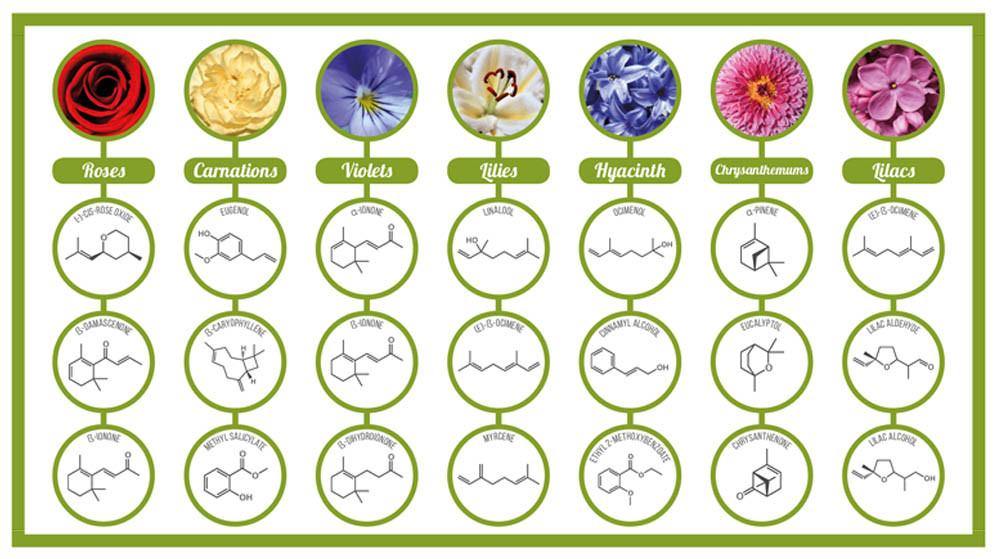Blog 10: Essential oils and how they are produced


Essential oils are complex synergistic mix of various organic chemicals produced in aromatic plants. The purpose of production of aromatic volatile oils in plants often varies from species to species.
In some plants, they work as defence against insects, animals, bacteria or virus whereas in some other plant species they help in healing wounds or in attracting insects or animals for pollination. Some plant species also produce essential oils to survive in difficult environmental conditions.
According to the current knowledge about essential oils, these substances do not take part in the primary metabolism of the plant but they are used in trace amount for successful completion of metabolism.
Conditions affecting essential oil production in aromatic plants

Growing conditions of the aromatic plants considerably affect the production of essential oils. The amount as well as the composition of the aromatic compounds in the essential oils vary in response to climatic conditions like temperature, rainfall, wind & sunlight. Altitude of the land as well as the soil type & fertility also effects the quantity & composition of the volatile oils produced in the plants.

Unless the source plant is ‘wildcrafted’, the essential oil produce of the plant depends on the cultivator to a considerable extent. Because the selection of plant species, choice of location, use of organic or inorganic farming techniques influences the final product considerably.
Extraction of essential oils

While the conditions under which the source plant has been grown affects the quality & composition of the volatile oils, the extraction technique used also plays a vital role in determining the same. Even the material of the equipment used in the process affects the quality of the extracted volatile oils.
There are different techniques for extraction of essential oils, starting from steam distillation to Carbon-di-oxide extraction. Some techniques are particularly suited for extracting essential oils from particular plants & plant parts.
For extraction of rose & neroli essential oils water distillation technique is used, whereas the same technique can ruin the quality of lavender oil due to long exposure to hot water. For softer plant parts like, flowers, leaves & stems, steam distillation is often a preferred extraction technique. Percolation or hydro-diffusion is the other extraction technique suitable for tougher plant materials like seeds & woods.

Carbon-di-oxide extraction is the most sophisticated extraction technique available today which produces essential oils as close as one can get to the original aromatic substances produced in plants. However, this process is too expensive to be used on a large scale.